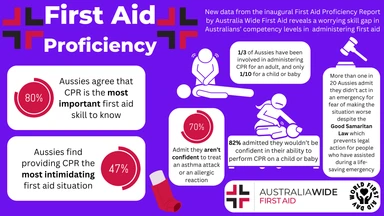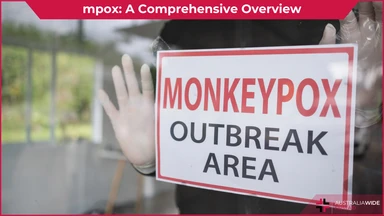What is Endometriosis Awareness Month?


March marks the start of autumn in Australia – but it also marks
The Endometriosis Association began Endometriosis Awareness Month in 1993. Severely painful periods are not normal, and Endometriosis Awareness Month began because the disease is often missed or misdiagnosed.
If you’ve been wondering how to get involved with Endometriosis Awareness Month, then this article is for you! It’s going to cover the history and impact of the month, and how you can get involved.
Endometriosis Awareness Month was started by the Endometriosis Association to spread awareness about the disease.
These days, it’s a worldwide campaign every March. Many Endometriosis NGO’s run their own awareness campaigns during the month in which people are encouraged to wear the colour yellow.
In Australia, you can find awareness campaigns through organisations such as Endometriosis Australia.
The Endometriosis Association is a self-help organisation, founded in 1980. Its headquarters are in Wisconsin, USA, however they have members and activities worldwide. They began Endometriosis Awareness Month in 1993.
Their goal is to find a cure and prevention for endometriosis, but they also provide information and support to people who suffer from endometriosis.
While the Association supports women with endometriosis worldwide, there are also organisations located in Australia specifically for Australian women.
Endometriosis Australia is an organisation that aims to increase recognition, education, and awareness about endometriosis. It was founded in 2012, and has continued to grow since then.
At this point, you might be wondering: what actually is Endometriosis and why is it so important to raise awareness?
Endometriosis is a chronic disease that can impact the quality of life of affected women.
Endometriosis is an inflammatory condition, in which endometrial tissue grows outside of the uterus. Both women and gender diverse people can experience endometriosis if they have a uterus, and there is no known cause.
Symptoms of endometriosis typically include dysmenorrhoea (painful periods), dyspareunia (pain during intercourse), and chronic abdominal or pelvic pain. Other symptoms can also include fatigue and heavy or irregular bleeding.
About 30-40% of affected women can also experience infertility.
It’s important to note that the severity of pain does not indicate the stage of endometriosis.
More than 830,000 (more than 11%) of Australian women, girls, and those who are gender diverse suffer from endometriosis. Endometriosis can also affect women as young as eight years old.
There aren’t many treatment options for endometriosis. Pain can be managed through medications, either hormonal (such as contraceptives) or non-hormonal (such as pain relievers like paracetamol, or even prescription pain relievers).
In the past, surgical options were simply a hysterectomy, however recent research suggests that this does not always cure endometriosis. Surgery is still an option, typically meaning a laparoscopy in which the endometriosis is removed. The endometriosis can still grow back, and recurrence happens in approximately 35% of cases.
On average, there is a 6.5 year delay in diagnosis, in which endometriosis can be either misdiagnosed or missed altogether.
A lack of education and public awareness is a big part of the reason as to why endometriosis can go undiagnosed for so long, which is why it’s so important to spread awareness. This doesn’t just have to happen during Awareness Month, but can be year long.
The Endometriosis Association encourages people to be part of Endometriosis Awareness Month by ordering and wearing a ribbon or sticker that says “Ask me about endo” during March, which you can do on their website.
Endometriosis Australia also runs the March into Yellow campaign, which is a fun awareness campaign for Australians.
To get involved, you first need to decide how you’re going to raise funds. The organisation suggests Mufti Days or Dress Up Days in which people are encouraged to wear the colour yellow.
Then you can visit their website and sign up, and start collecting donations!
There are many ways to participate in Endometriosis Awareness Month, and can be done through different organisations such as The Endometriosis Association or Endometriosis Australia.
Raising awareness about endometriosis could help Australian women get a diagnosis sooner, allowing them to manage their pain and explore treatment options.
If somebody you know has been affected by endometriosis, you can sign up for a general or childcare first aid course to learn more about how to respond in an emergency. To find out whether there are courses near you, visit our locations page on our website.

September 16, 2024
New data reveals nearly half of Aussies lack the CPR knowledge to save a life. In fact, new data from Australia Wide First Aid’s inaugural, First Aid Proficiency Report, reveals only a third of Aussies have ever assisted in providing CPR.

August 23, 2024
The idea of helping someone in an emergency situation often raises concerns about potential legal repercussions. While the desire to assist is strong, many Australians wonder if they could be sued for rendering first aid. This article explores the legal landscape in Australia regarding the liability of individuals who provide first aid assistance.

August 16, 2024
Monkeypox is a rare viral disease that has garnered significant attention due to its similarities with smallpox. Although less severe, monkeypox is a public health concern, particularly in regions where it is endemic.